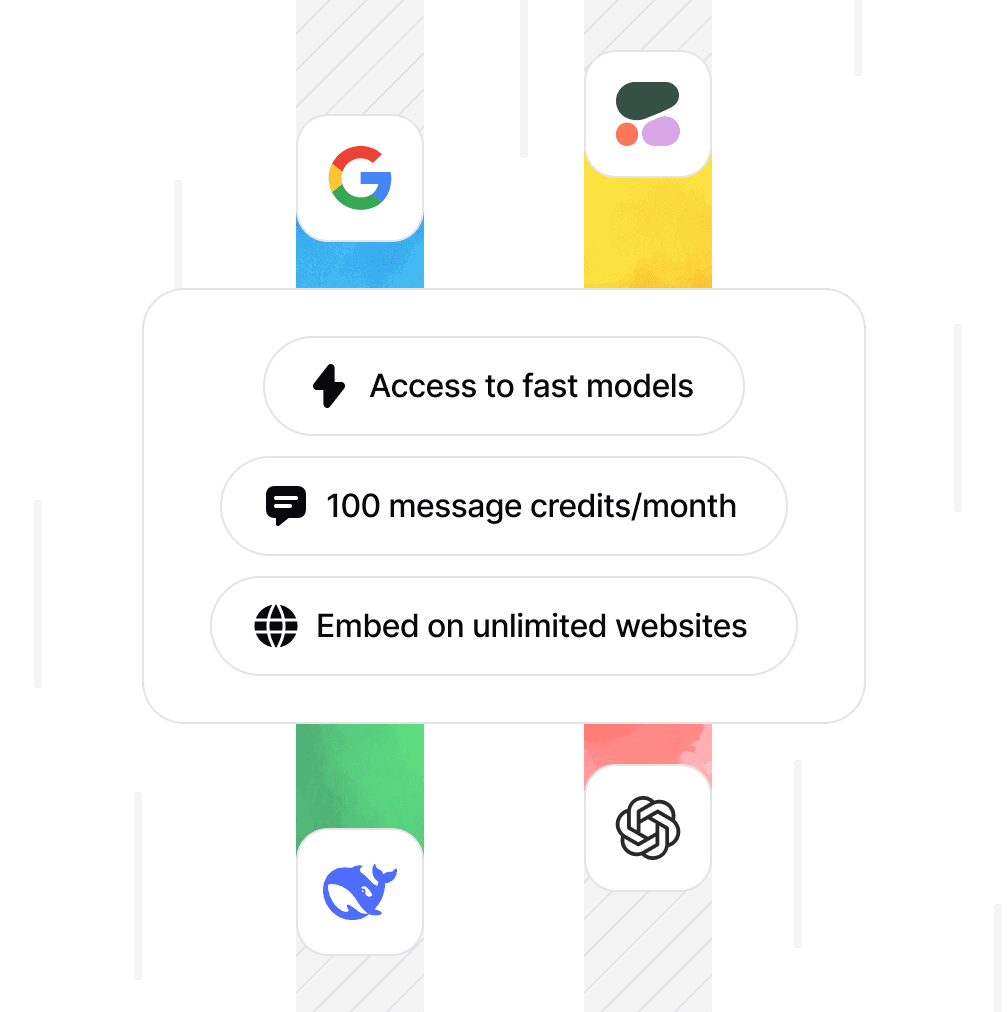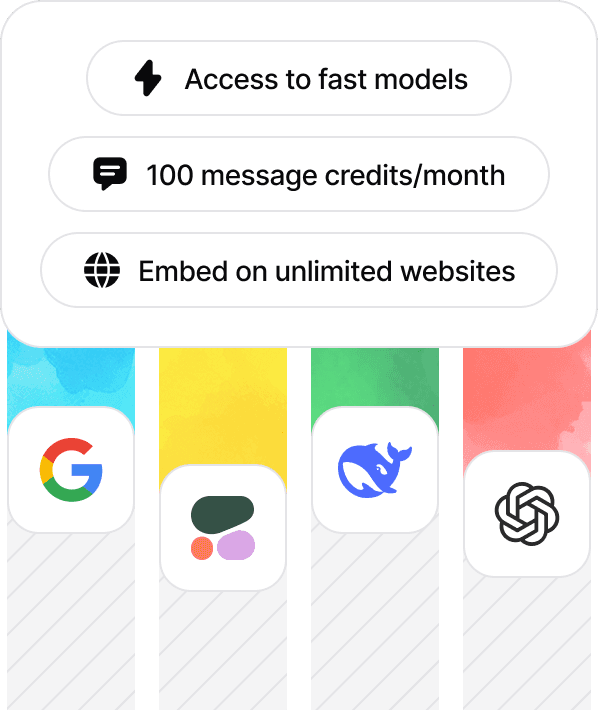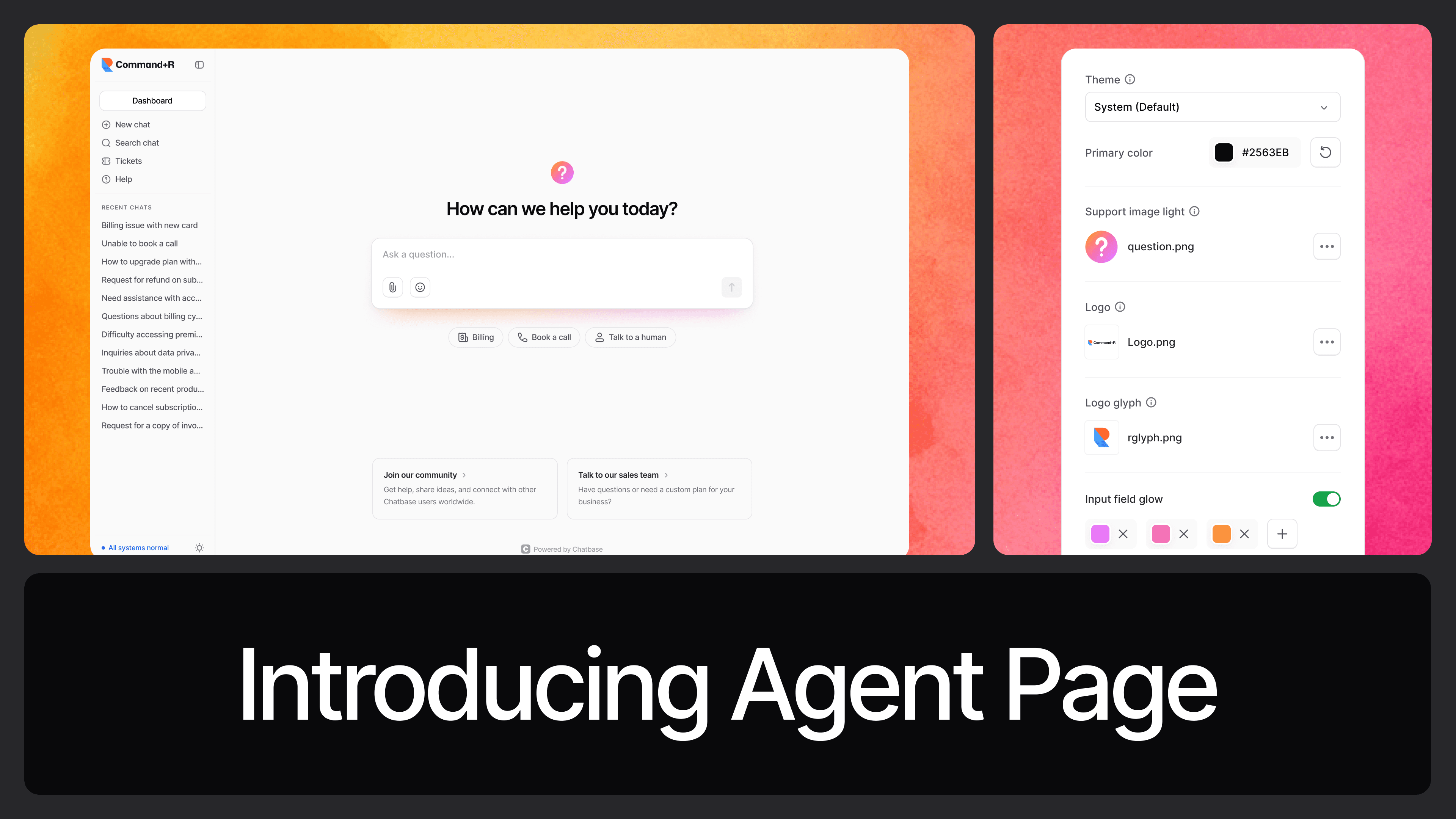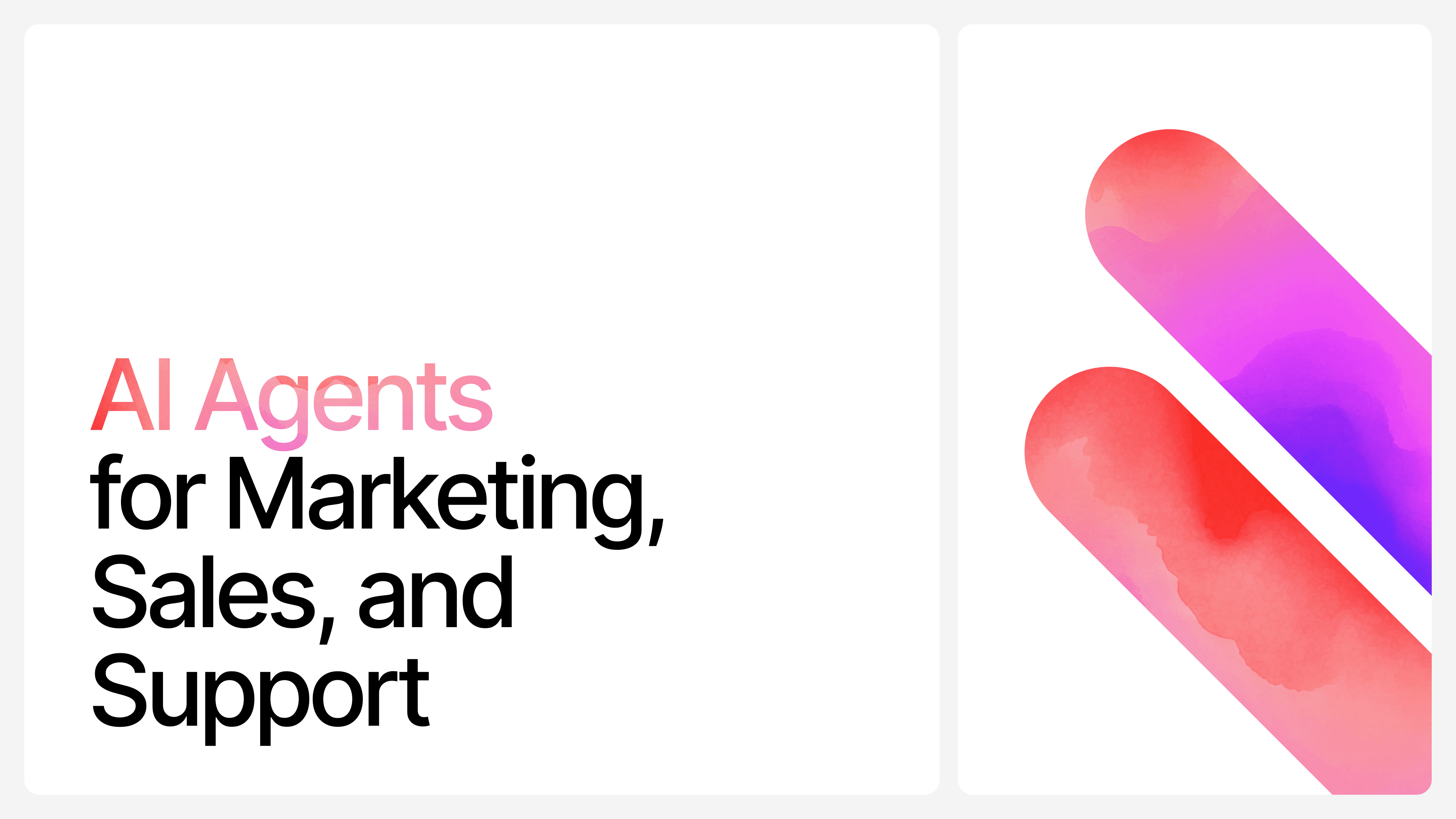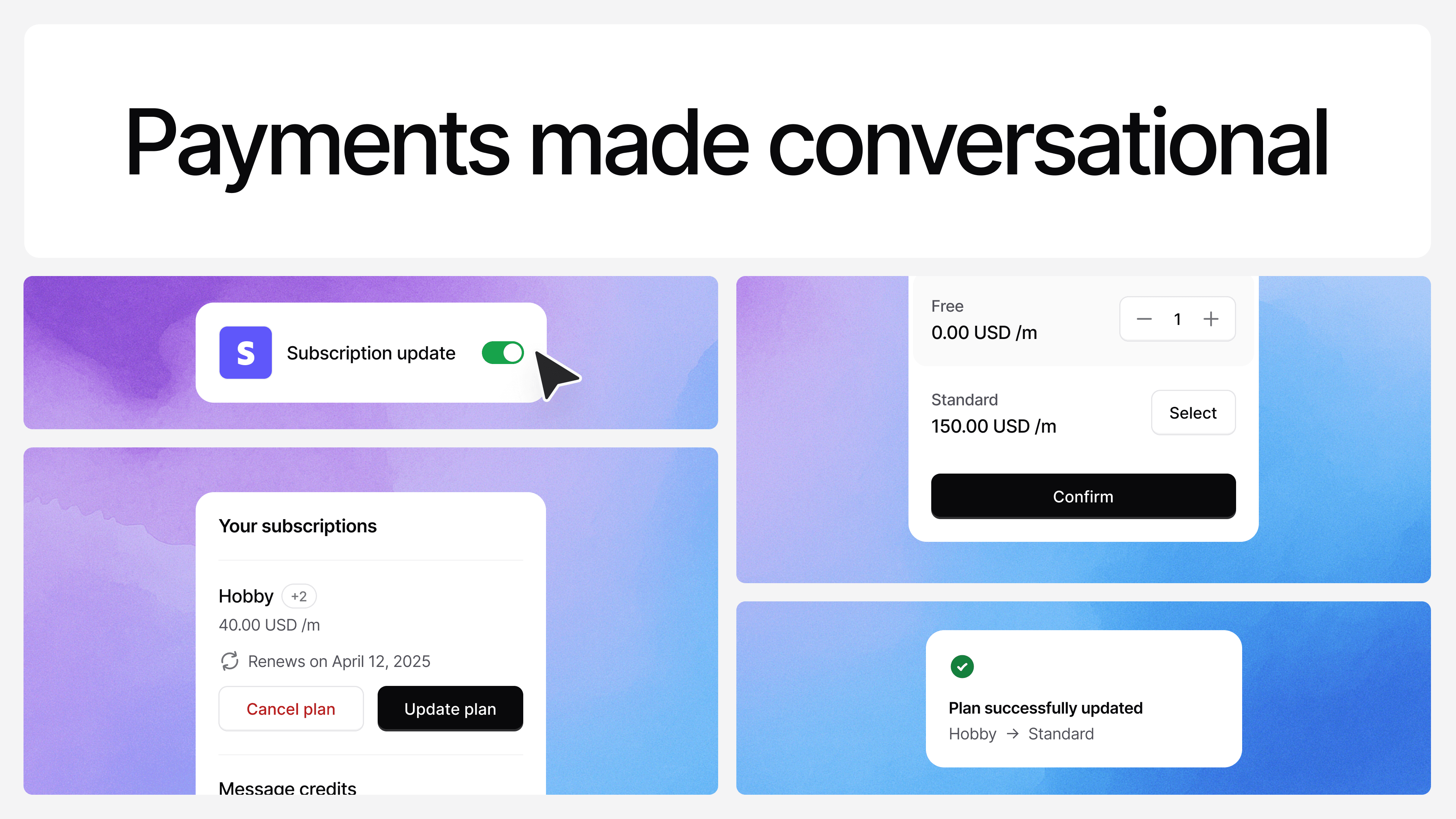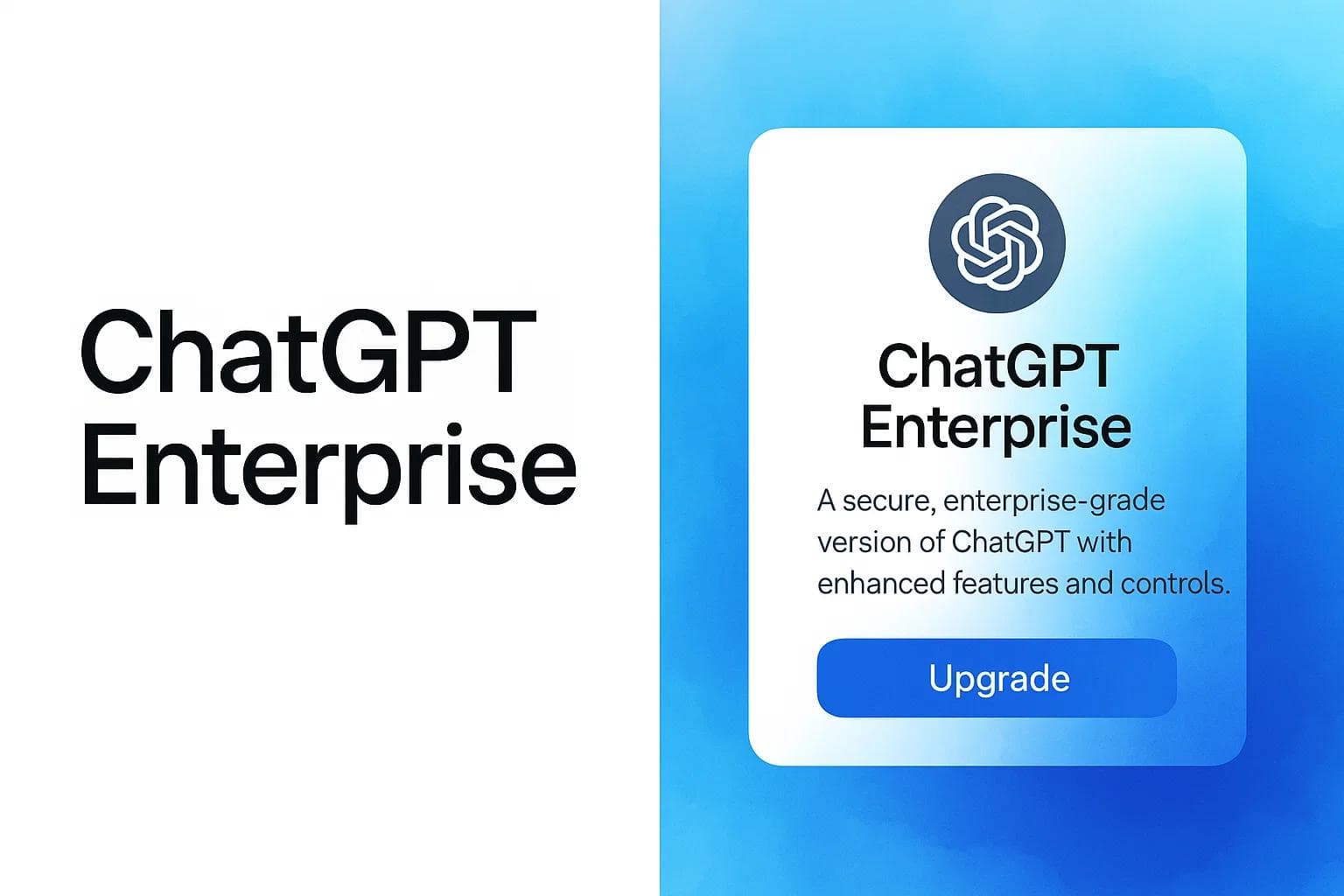7 Types of Chatbots & How to Choose the Right One
Ilias Ism
Jul 8, 2024
12 min read
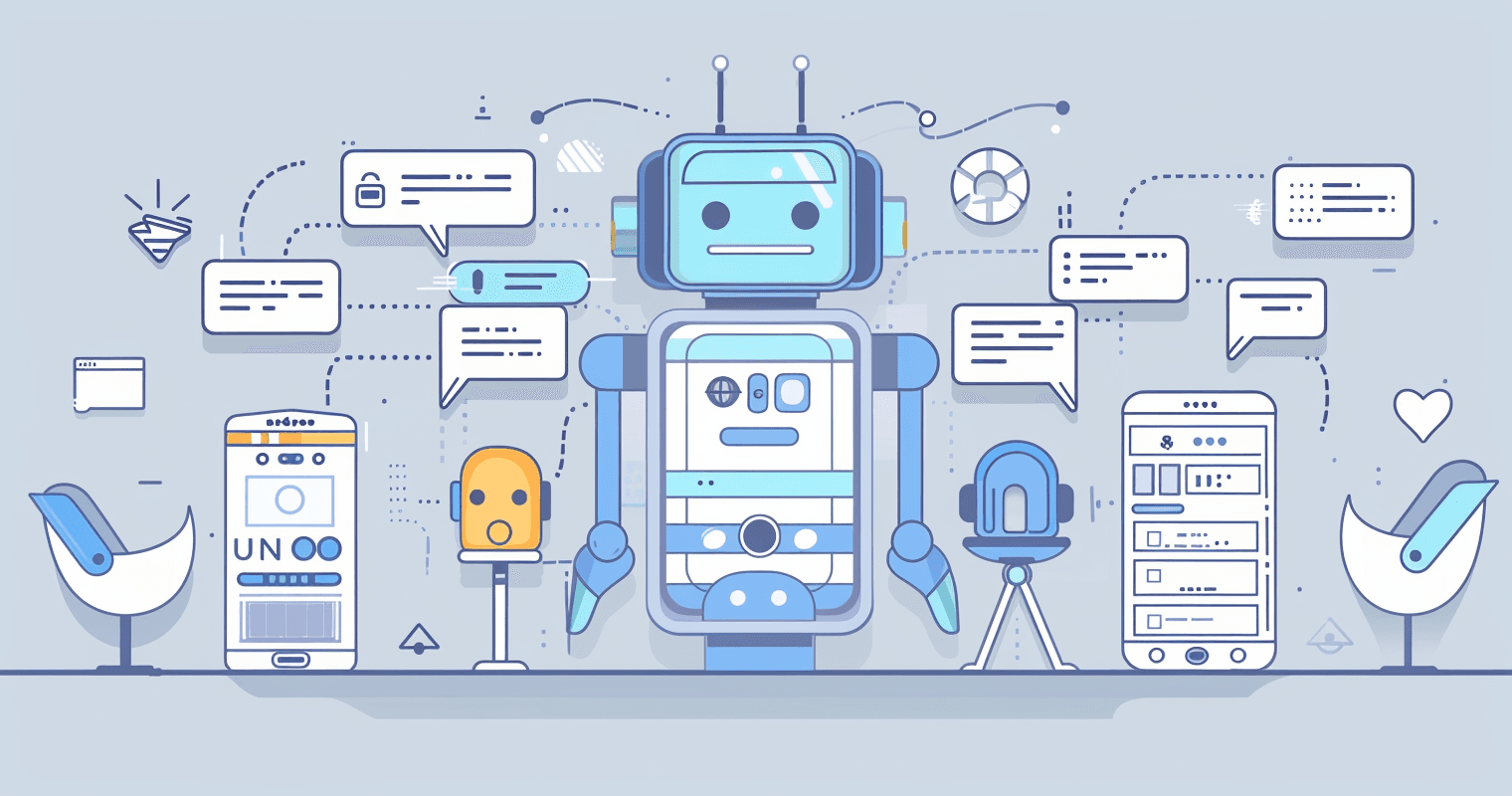
Chatbots have become indispensable for businesses looking to enhance customer engagement, streamline operations, and provide round-the-clock support.
However, with the rapid evolution of chatbot technology, it can be challenging to determine which type of chatbot best suits your business needs.
We'll explore seven different types of chatbots and provide insights on choosing the perfect one for your organization.
1. AI Chatbots
Artificial Intelligence (AI) chatbots represent the cutting edge of conversational technology.
These sophisticated bots leverage natural language processing (NLP) and machine learning algorithms to accurately understand and respond to user queries.
Key Features:
- Advanced natural language understanding
- Ability to learn and improve over time
- Contextual awareness for more natural conversations
- Handling of complex queries and multi-turn dialogues
Best For:
- Businesses seeking to provide a highly personalized customer experience
- Companies with large volumes of customer interactions
- Organizations looking to automate complex processes
Considerations: While AI chatbots offer the most advanced capabilities, they typically require more resources for development and maintenance. However, platforms like Chatbase make it easier for businesses to implement AI-powered chatbots without extensive technical expertise.
2. Voice Chatbots
Voice chatbots, also known as voicebots, interact with users through spoken language.
These bots use speech recognition technology to convert voice input into text, process the request, and respond using text to speech technology.
Key Features:
- Hands-free interaction
- Integration with voice assistants (e.g., Alexa, Google Assistant)
- Support for multiple languages and accents
Best For:
- Businesses looking to provide accessible support for visually impaired users
- Companies in industries where hands-free interaction is crucial (e.g., automotive, healthcare)
- Organizations aiming to offer a more natural, conversational experience
Considerations: Voice chatbots require additional technologies like automatic speech recognition (ASR) and text-to-speech (TTS) engines. They may also face challenges in noisy environments or with users who have strong accents.
3. Declarative Chatbots
Declarative or rule-based chatbots follow predefined rules and decision trees to provide responses.
They are designed to handle specific tasks and queries based on a set of if-then statements.
Key Features:
- Easy to set up and maintain
- Predictable responses
- Ideal for handling frequently asked questions (FAQs)
Best For:
- Small businesses with limited resources
- Organizations with well-defined, straightforward customer inquiries
- Companies looking for a quick chatbot solution
Considerations: While declarative chatbots are simpler to implement, they lack the flexibility to handle complex or unexpected queries. They may require frequent updates to remain relevant and useful.
4. Machine Learning Chatbots
Machine learning chatbots use algorithms to analyze patterns in data and improve their performance over time.
These bots can adapt to new situations and provide more accurate responses as they interact with more users.
Key Features:
- Continuous improvement based on user interactions
- Ability to handle a wide range of queries
- Personalization of responses based on user behavior
Best For:
- Businesses with large datasets of customer interactions
- Companies looking for a chatbot that can evolve with their business
- Organizations seeking to provide increasingly personalized experiences
Considerations: Machine learning chatbots require significant amounts of data to train effectively. They may also need ongoing monitoring and adjustment to ensure they're learning the right lessons from user interactions.
5. Hybrid Chatbots
Hybrid chatbots combine multiple chatbot technologies to leverage the strengths of each type. For example, a hybrid chatbot might use rule-based logic for simple queries and AI for more complex interactions.
Key Features:
- Flexibility to handle both simple and complex queries
- Scalability as business needs evolve
- Balanced approach between simplicity and sophistication
Best For:
- Mid-sized to large businesses with diverse customer service needs
- Organizations looking for a versatile chatbot solution
- Companies that want to start simple and scale up over time
Considerations: Hybrid chatbots can offer the best of both worlds, but they may require more initial setup and ongoing management to ensure all components work seamlessly together.
6. Keyword Recognition-Based Chatbots
These chatbots use natural language processing to identify keywords in user input and provide relevant responses based on those keywords.
Key Features:
- Ability to handle a variety of phrasings for similar queries
- Relatively simple to implement compared to full AI chatbots
- Can be effective for specific use cases like product recommendations
Best For:
- E-commerce businesses looking to guide customers through product catalogs
- Companies with a well-defined set of keywords related to their products or services
- Organizations seeking a balance between simplicity and flexibility
Considerations: Keyword recognition chatbots may struggle with context and nuance in language. They can also be thrown off by spelling errors or synonyms not included in their keyword database.
7. SMS Chatbots
SMS chatbots interact with users via text messages, allowing businesses to engage customers through a familiar and widely accessible channel. They can be effectively integrated with SMS marketing platforms to streamline communication and enhance customer engagement.
Implementing Al SMS marketing can open up more opportunities to engage leads or customers automatically.
Key Features:
- High accessibility, as most people have SMS-capable phones
- Integration with existing SMS marketing campaigns
- Ability to reach customers who may not have smartphones or reliable internet access
Best For:
- Businesses looking to engage customers in areas with limited internet connectivity
- Companies seeking to integrate chatbot functionality with their automated SMS marketing efforts
- Organizations aiming to provide simple, text-based customer support
Considerations: SMS chatbots are limited by the constraints of text messaging, including character limits and lack of rich media support. They may also incur costs associated with SMS messaging.
How to Choose the Right Chatbot for Your Business
Selecting the ideal chatbot for your business requires careful consideration of several factors:
Define Your Goals: Clearly outline what you want to achieve with a chatbot. Are you looking to improve customer service, generate leads, or streamline internal processes?
Assess Your Resources: Consider your budget, technical expertise, and available data. AI and machine learning chatbots may require more resources than simpler rule-based options.
Understand Your Audience: Think about your customers' preferences and needs. Are they tech-savvy? Do they prefer voice or text interactions?
Evaluate Complexity of Queries: Analyze the types of questions or tasks your chatbot will need to handle. Simple FAQs might only require a declarative chatbot, while complex customer service issues may benefit from AI capabilities.
Consider Integration Requirements: Determine how the chatbot will fit into your existing systems and workflows. Ensure it can integrate with your CRM, knowledge base, and other relevant tools.
Plan for Scalability: Choose a chatbot solution that can grow with your business. Hybrid or AI chatbots often offer more flexibility for future expansion.
Test and Iterate: Start with a pilot program and be prepared to refine your chatbot based on user feedback and performance metrics.
Chatbase - AI Chatbots
While there are many types of chatbots available, AI-powered chatbots offer the most advanced capabilities and potential for businesses looking to provide exceptional customer experiences.
Chatbase specializes in making AI chatbots accessible and effective for businesses of all sizes.
With Chatbase, you can:
- Easily train your chatbot on your existing website content, FAQs, and knowledge base
- Customize your chatbot's personality and tone to match your brand
- Integrate with popular platforms and tools
- Access detailed analytics to continually improve your chatbot's performance
- Scale your chatbot capabilities as your business grows
By leveraging Chatbase's advanced AI technology, you can implement a sophisticated chatbot solution without the need for extensive technical expertise or resources.
Conclusion
Choosing the right chatbot for your business enhances customer engagement and operational efficiency.
While each type of chatbot has its strengths, AI-powered chatbots offer the most advanced capabilities and potential for growth.
As you evaluate your options, consider your business goals, resources, and customer needs.
Remember that the best chatbot solution is one that meets your current requirements and can adapt and scale as your business evolves.
Ready to experience the power of AI chatbots for your business? Start your free trial with Chatbase today and discover how our advanced chatbot technology can transform your customer interactions and drive business growth.
Share this article:
